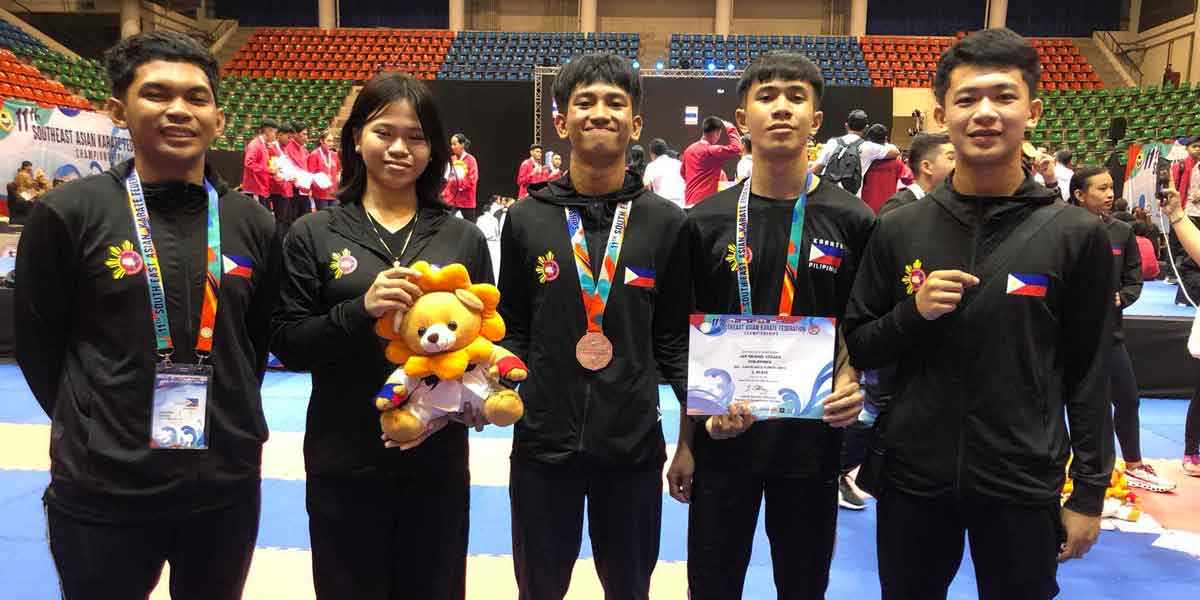 By Limuel S. Celebria
By Limuel S. Celebria
I witnessed my first Dinagyang, the Iloilo Ati-Atihan rather, in 1974. This was when the event – far from being a festival – was barely a few years away from its copycat infancy.
Clad in bell-bottom jeans and platform shoes, which was the rage at the time, I joined a throng at Mapa street right across Freedom Grandstand where everyone was craning their heads to get a better look at the performing tribes clad in Roman centurion garb while dancing in cadence to the boom of powerful drumbeats.
It didn’t take long. There were just about four tribes which took turns doing the jig, making X and O figures while shouting Hala Bira and that was it. Jostling with the crowd to get a better view and a firmer foothold tore the heels off my shoe. And I vowed never to watch the Ati-Atihan again.
No such luck, however. Some years later, while in college as a member of the Red Cross Youth, we were assigned to set up and man emergency first aid stations along various street corners during the event. At this time, the event was still called the Iloilo Ati-Atihan but the performance venues were expanded – to avoid crowding at Freedom Grandstand which remained the main performance and judging area. Makeshift judging stages were put up along a roundabout route in the City Proper area. And the tribes were made to perform their dance-worship ritual at each judging area.
The first run of this expanded route was a disaster. The performances were parade type – meaning the tribes entered the judging areas in succession, starting at the Freedom Grandstand. Thus, it took hours for the tribes to finish performing at all five stages such that by the time the last tribe reached the last judging area, it was already way past lunch. In the meantime much of the waiting crowd battled thirst, hunger, and heatstroke.
The solution? Carousel type performances, meaning the tribes start performing simultaneously at all the judging areas. This cut short the total time for tribe performances.
But another conundrum cropped up. Non-competing Tribes. The event has gained popularity and with it commercial viability such that non-competing tribes (meaning those who were not part of the Ati-Ati contest but simply wanted to join the parade) crowded the queue along the parade route. These non-tribes bore placards, mascots, and t-shirts bearing the brand name and logo of their corporate sponsors. With success came commercialization, diluting the religious essence of the event. Among other things, the viewing stages put up by city hall used to be free to the public. Now a single ticket will cost you more than the cost of a dinner date. But this can be discussed at another time.
The Dinagyang came into its own sometime in the 80s when then Tourism Minister Jose D. Aspiras called for the launching of the tourism festivals across the country. The city chose to promote the Iloilo Ati-atihan and a search was hastily made to pick a new name to distinguish Iloilo’s event from the original Aklan Ati-Atihan and a similar version in Cebu called Sinulog.
Earlier, the Dinagyang sort of competed with the other two events as it was also held in the 3rd week of January. Later on – largely upon the suggestion of the tourism department, the event was moved to the fourth weekend of January so that tourists, especially foreigners and balikbayans, can have the opportunity to experience Dinagyang and the Ati-Atihan or Sinulog during the same visit to the country.
It was radio personality Pacifico Sudario, then a staff of the Department of Public Information, who coined the term Dinagyang. The term, coming from the root word Dagyang (to make merry, carouse, to revel), was in reference to the merrymaking part of the event which takes place in the afternoon until well into the night or early morning for some of the hard-partyers. For many of Iloilo City’ locals, the sadsad or the merrymaking part of the festival is the main event, not the ati-ati tribe contest.
In the beginning not many showed familiarity with Picoy’s coinage. The word dagyang (to gallivant, to gad about) is seldom used in day to day conversation. But Picoy was persuasive enough to convince his superiors in the DPI regional office to use the word. If you were wondering, the DPI was then a powerful agency during the martial law period under Pres. Ferdie Marcos. Many agencies deferred to it and publicity and promotion for any given event went under its umbrella almost automatically. It seemed only natural that the renaming of the event fell under the purview of the agency and its staff.
Hence the Iloilo Ati-atihan became the Iloilo Dinagyang Festival.
Mag Dinagyang kita (Let us make merry). It is an invitation to celebrate. But, as the festival further grew, the commercial side took over. The food festival which was organized by the Iloilo Hotel and Restaurant Association as a side event to the Dinagyang to showcase local cuisine was eventually overrun by food kiosks (put up for rent by City Hall) selling grilled food and unlimited beer. The sadsad or the gadding about in groups accompanied by a drummer or two and gallivanting aimlessly up and down Calle Real from Plaza Libertad down towards the Provincial Capitol and back went kaput – the colegialas and others looking for good, clean fun were driven away by drunks and the unruly. The Dinagyang of recent years has simply evolved into one large bacchanal.
We salute the Iloilo Festival Foundation Inc. (IFFI), the new handlers of the Dinagyang Festival for bringing back the sadsad – the street party and merrymaking on Saturday. This will evoke countless memories from those of my generation who found their true love while getting “palhit” – smudged with soot by some fool along the corner of Guanco and JM Basa.
If only for this, I’d say this year’s 52nd iteration of the Dinagyang is already an unqualified success. Hala Bira!






















